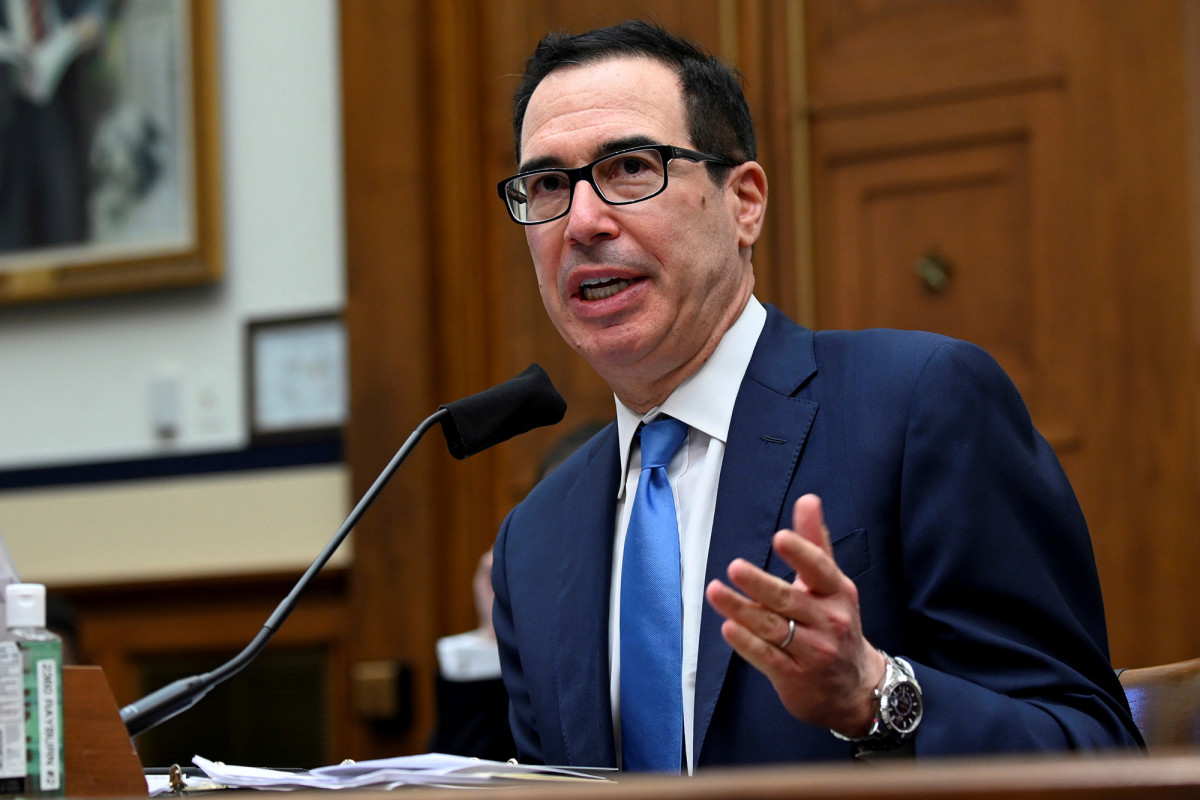study canada
Research team claims to have discovered a huge ozone hole in the tropics
Canadian researchers talk of a third ozone hole in addition to the two previously known ozone holes at the poles. But their results are controversial.
© Klaus-Dieter Acer / Picture Alliance
Canadian scientists write that there is a huge ozone hole above the tropics. But colleagues have serious doubts.
So far, we have known the ozone hole mainly from the Antarctic, where it occurs every year, and more recently from the North Pole. But the fact that the ozone layer over the tropics is too thin also surprised the world this Tuesday – and it’s disappointing, too. An intact ozone layer in the atmosphere is important for absorbing harmful ultraviolet radiation from the Sun. UV radiation is known to cause skin cancer and other diseases.
Worrying news came from a research team in Canada: Professor King-Bin Lu of the University of Waterloo in Ontario and his colleagues report in the journal.aip advance“From a previously unseen ozone hole that is located in the tropics and is seven times larger than in Antarctica. It has existed since the 1980s, but has not been detected until now.
In the 1980s, there was a global debate about damage to the ozone layer and possible steps to prevent it. As a result, the Montreal Protocol was passed in September 1987, which obliges countries around the world to ban chemicals that damage the ozone layer, such as chlorofluorocarbons (CFCs), previously used in refrigerants or aerosol cans. Used to go Efforts are now giving hope that ozone holes at the poles will no longer be visible in a few decades.
Canadians write about massive ozone hole in the tropics
But now there must be a huge ozone hole in the tropics? Qing-Bin Lu writes of the existence of a perennial zone of reduced ozone in the lower tropical stratosphere. What is particularly worrying, according to the team of scientists, is that the region is in an area where almost half of the world’s population lives. People from countries around the equator are exposed to increased exposure to UV radiation.
The Canadian professor points to the potential importance of ozone holes in the poles and tropics to climate change, as these holes play a role in regulating Earth’s temperature.
The ozone hole around the equator was probably caused by the same mechanisms as those at the poles – by harmful CFCs. After banning them, this effect slowed down, but recently an improvement in the situation at the poles was repeatedly observed. However, large forest fires can also damage the ozone layer.
The Alleged Discovery of a “Third Hole in the Ozone Layer” Is Being Protested
However, the Canadian research team immediately received objections from experts: many experts who were not involved in the investigation doubt the existence of this huge ozone hole in the tropics. “I am surprised that the study has even been published in its current form,” said Martin Chipperfield, professor of atmospheric chemistry at the University of Leeds. They suspect that these large-scale changes in the ozone layer above the tropics cannot be detected in any other study. The results of the new Canadian study are very controversial and he is “not convinced they are accurate,” Chipperfield says.
Another scientist who criticized the Canadian method: Paul Young of Lancaster University, said King-Bin Lu and his team had studied the percentage change in ozone levels in the atmosphere. However, absolute changes are relevant. He came to a very clear conclusion: this ozone hole above the tropics simply does not exist.
sources say,aip advance,ZME Science,daily mail, mdr knowledge,standard,newsweek,

Devoted web advocate. Bacon scholar. Internet lover. Passionate twitteraholic. Unable to type with boxing gloves on. Lifelong beer fanatic.






